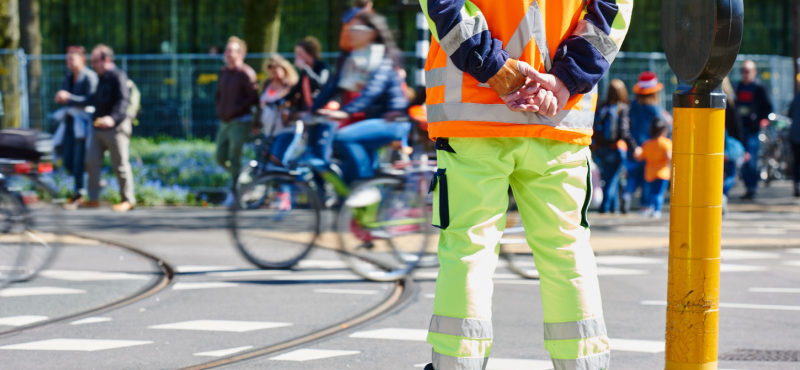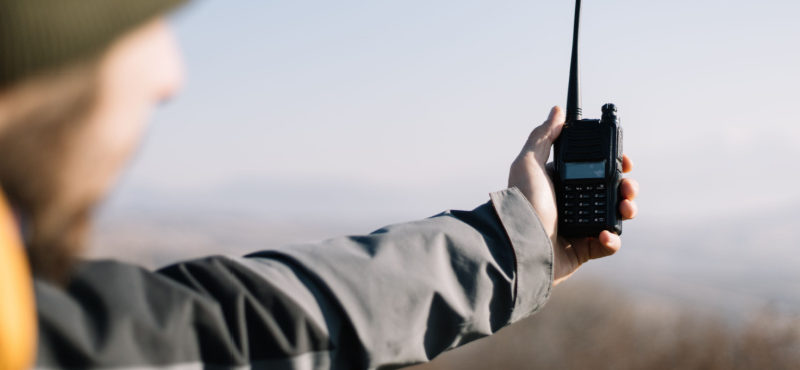Fleet camera systems, also known as vehicle camera systems or dashcams, have become increasingly important for commercial applications due to their numerous benefits. A fleet camera system is a collection of cameras installed in vehicles, typically used in commercial or fleet settings, to capture video and other data for various purposes. Fleet camera systems are commonly used in industries such as transportation, logistics, delivery, and field services, to monitor and manage fleet operations, driver behavior, and safety compliance.
Fleet camera systems generally consist of multiple cameras placed in different locations on a vehicle, such as the front, sides, and rear, as well as inside the cabin. These cameras capture real-time video footage and other relevant data, such as speed, location, acceleration, and braking. In this article, we will discuss some pressing benefits of fleet camera systems in commercial applications.
Enhanced Safety
Fleet camera systems can significantly improve the safety of commercial vehicles and their drivers. These cameras can capture real-time video footage of the road, the driver’s behavior, and the surrounding environment, which can be used for accident prevention, driver training, and identifying unsafe driving practices. It can help reduce the risk of accidents, protect drivers from false claims, and improve overall road safety.
Accurate Incident Documentation
Fleet camera systems can provide accurate and reliable documentation of incidents such as accidents, thefts, and vandalism. The video footage recorded by the cameras can be used as evidence in case of disputes, insurance claims, or legal proceedings. This can help commercial vehicle businesses save time and money by providing clear and objective evidence of what happened during critical events.
Reduced Liability and Insurance Costs
Having fleet camera systems in place can help commercial vehicle businesses reduce liability and insurance costs. The recorded video footage can provide proof of driver behavior and actions, helping to determine fault and prevent false claims. Insurance companies may also offer discounts on premiums for businesses that use fleet camera systems, as they are considered proactive in mitigating risks.
Improved Driver Behavior
Fleet camera systems can promote better driver behavior and accountability. Knowing that their actions are being recorded, drivers are more likely to follow safe driving practices, such as obeying traffic laws, maintaining appropriate speeds, and avoiding distractions. Fleet camera systems can also provide feedback to drivers on their driving performance, helping them to identify and correct any unsafe driving habits.
Increased Operational Efficiency
Fleet camera systems can help improve the operational efficiency of commercial vehicle businesses. Fleet managers can remotely monitor the real-time video footage from the cameras, allowing them to track the location and status of their vehicles, optimize routes, and provide timely assistance to drivers. This can help reduce fuel costs, improve delivery schedules, and streamline operations.
Theft Prevention and Recovery
Fleet camera systems can act as a deterrent against theft and vandalism of commercial vehicles. The cameras can capture video footage of any unauthorized access or activity around the vehicles, which can be used for identifying suspects and recovering stolen property. This can help protect valuable assets and reduce losses due to theft or vandalism.
Compliance and Regulation
Fleet camera systems can assist commercial vehicle businesses in meeting regulatory requirements and compliance standards. For example, some systems can automatically record data on driver hours of service (HOS) to ensure compliance with federal regulations. This can help businesses avoid fines, penalties, and legal liabilities associated with non-compliance.
Work With Professionals
When it comes to installing high-quality fleet camera systems, it’s best to work with professionals with experience in the field. Highland Wireless soars to provide exceptional radio communication solutions to customers with a commitment to excellent customer service. If you have any questions regarding fleet camera systems or want to learn how they can benefit your business, contact us today!





